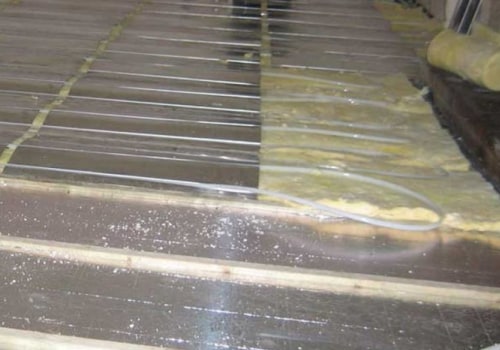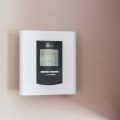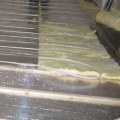Underfloor heating is increasingly becoming a popular option for many homeowners due to its efficiency and the even distribution of heat it provides. Unlike traditional radiators, which heat a room from one point, underfloor heating covers the entire floor area, resulting in a more uniform heat distribution. This can be particularly beneficial in regions where consistent heating is crucial, such as areas frequently needing heating repair in Pittsboro. The system operates at a lower temperature while still providing the same level of warmth, which can lead to reduced energy bills. However, it's important to consider the installation costs and the type of flooring you have.
Although underfloor heating works at a lower temperature, it is able to achieve the same level of warmth and comfort throughout the house. This is where energy saving comes into play. Underfloor heating is a cleaner and smarter way to heat your home. Using radiant heat technology, the UFH gently heats people and objects in the room directly from scratch, facilitating a much more energy-efficient method.
Underfloor heating prevents the circulation of dust particles that can cause allergies or diseases. Homeowners can also take advantage of better humidity and a healthier environment free of dust mites and mold, which is especially useful for people suffering from allergies or respiratory problems. A heated floor can offer a good service life. Nowadays, underfloor heating is a very popular option to keep your home warm in the colder months.
Heated floors are one of the most effective domestic heating systems, as they efficiently distribute heat throughout your property. Underfloor heating is a widely used option in both new homes and old renovations, especially since underfloor heating systems that use water can be an economical option. As always, it is better to analyze all the advantages and disadvantages of a home heating system before installing it, so we will take a closer look at underfloor heating here. Heated floor systems run on water or electricity; both options work similarly to heat your home.
If the design is wrong, the owner is unlikely to know until he has lived in the house for a whole heating season, at which time it could be too late. However, when you undertake self-construction or expand your home, you can include underfloor heating in your plans from the beginning, integrating it into your general construction works. Potentially yes, but this will be dictated property by property, room by room, depending on heat loss and whether the output of a floor heating system is greater than this loss figure. Concrete is an excellent conductor of heat, so polished concrete floors work very well with underfloor heating.
Underfloor heating involves placing under the floor a warm element or pipe that transfers heat to the room through infrared radiation and convection, avoiding the need for forced or blown air. In addition, radiators first heat the nearest air, so rooms heated by radiators are prone to “cold spots”, which means that the air feels cold in the center of the room and very hot next to the radiators. In an existing house, although definitely manageable, it can be harmful to switch from radiators to a floor heating system. Underfloor heating systems are designed to keep the floor in your home at a pleasantly warm level, perfect for walking barefoot.
According to the Energy Saving Trust, a 1°C reduction in temperature will reduce the heating bill by 10%. When adding underfloor heating to an existing radiator system, a different control system will be needed. Water underfloor heating can be more complex to install, so it is generally better to do it a professional installer. The underfloor heating heats the mass of the floor (the flooring and the floor finish) and that heat then (mostly) radiates into the room, there is some convection, but more than 80% of the heat transfer is by radiation.
According to TLC Network's Green Living Guide, there are two main types of radiant heating, electric and hydraulic.











